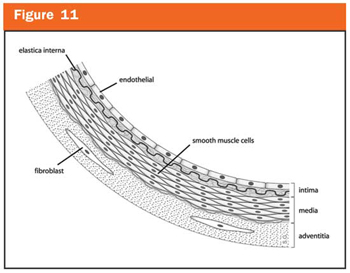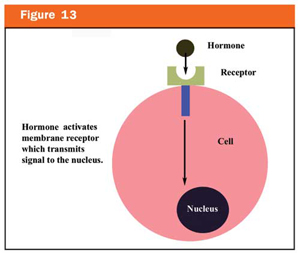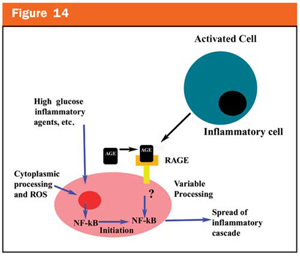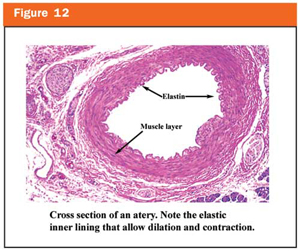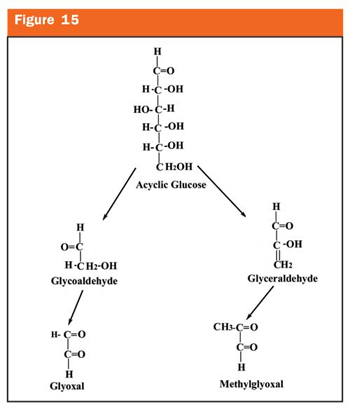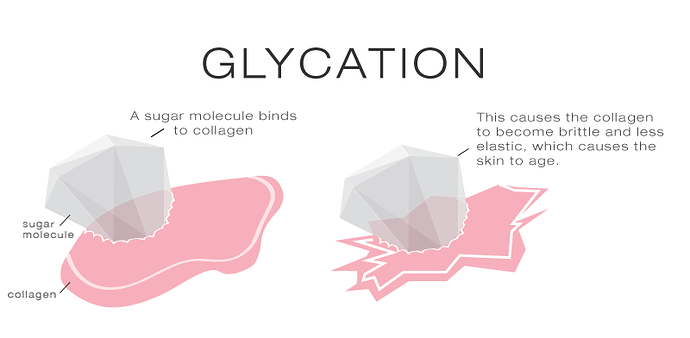CONQUERING CELLULITE
“…A women is like a teabag. You never know how strong she is until she gets into hot water…” -Elenor Roosevelt …” http://beautifullynourished.com/conquering-cellulite/
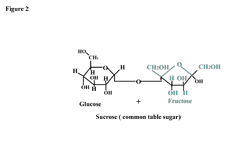
Physiology of the Skin: The Impact of Glycation on the Skin, Part 1 “… Conventional wisdom says, “You are what you eat.” Science now appears to verify that statement, although if you said this in a scientific meeting 40 years ago, you would have been laughed out of the room. When considering what you really are—essentially electrons and protons in a staggeringly complex arrangement that needs an energy input to function—you must think about from whence this energy comes. Obviously, it is obtained from the food you intake, and the hows and whys of its conversion into energy do not seem to merit much consideration. Yet, it is important to know so very much about food and energy in order to understand the process of glycation. The vast amount of information about glycation and related diseases is not only impressive, but also overwhelming. What could be presented to the sharp and conscientious esthetician that could be understood without having to wade through a mountain of basic references? My thoughts centered on the principle of learning, “start with the basics and build,” and so it shall be in this article. Let’s climb this mountain starting from the bottom.
In the beginning
There are many conflicting reports regarding what primitive man’s diet was like. Human beings, that is as you are now physically, date back to the time in archeology known as the Pleistocene period, which started about 1.8 million years ago. The first use of fire in history remains even more controversial, placed anywhere from as early as 1 million years ago to 500,000 years ago. A recently published article in Science magazine states that fire was used in what is now Israel in 750,000 BC.1 This is important because it relates to how long mankind has eaten foods cooked at high temperatures.
Man is a predatory animal. He has canine teeth and forward-facing eyes. Prey, such as cattle, have no canine teeth and their eyes are on the sides of their heads in order to keep watch for predators. How long mankind was only eating meat is unknown—surely vegetables and fruits were also consumed because they were available. All of this information is needed to understand how glycation has so drastically altered the lifespan of man.
Let’s consider for a moment that mankind ate only raw meat for hundreds of thousands of years. First, he would have to live where there was a plentiful supply of animals large enough to support his family or tribe. This assumes they were Homo erectus—upright man—that appeared about 1.8 million year ago and survived until 300,000 years ago.
Meat is mostly protein and fat with a lot of water. For example, beef is 60% water, 18% protein and 22% fat. Chicken is 65% water, 30% protein and 5% fat. Consider that 100 grams of beef contains a total of 270 calories. Vegetables contain far fewer calories per unit weight. Celery contains about 7 calories per gram and broccoli has about 2.5 calories per gram. The point here is that you need a much larger intake of vegetables to meet your daily caloric requirement. About 10,000–15,000 years ago, when the last Ice Age ended, mankind started to plant vegetables and domesticate animals. The whole nature of life changed when abundant food and more free time become available. At this time, early building and pottery-making were practiced, more sophisticated tools were used, clothing was worn and there were abundant, but limited, types of food. Now mankind had leisure time, and the whole genesis of civilization was set in motion. …more http://www.skininc.com/skinscience/physiology/17660024.html
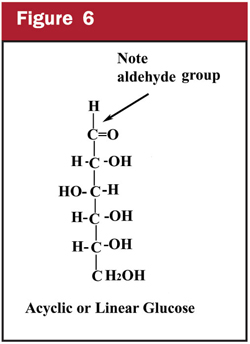
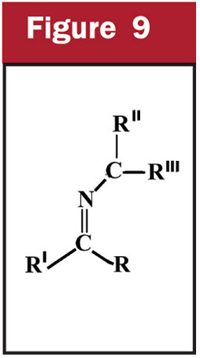
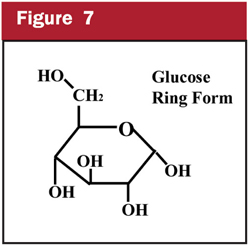
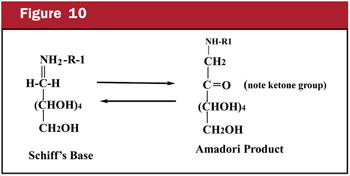
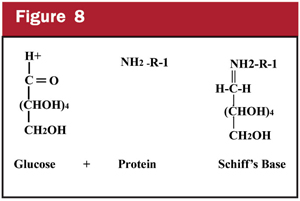 !
!
Physiology of the Skin: The Impact of Glycation on the Skin, Part 2 “…Glycation affects the cardiovascular system in a very large way. Tissues and organs that have a slow turnover or are more permanent in the body are most affected by glycation. The cardiovascular system; connective tissue and skin; nerve tissue; and renal tissue are major targets. If you examine an artery, either large or small, you will see some of the target tissues in the blood vessels. See Figure 11. All blood vessels have the same basic structure. There are three layers from inside to outside. The tunica intima is a single layer of endothelial cells that are quite fragile. There is a thin layer of subendothelial connective tissue immediately under the tunica intima that contains elastin fibers. The next layer is the tunica media, which is the thickest layer and contains muscle cells, collagen and many elastin fibers. The muscles of the tunica media control the diameter, or caliber, of the artery. Finally, there is the tunica adventitia, which consists of connective tissue, nerves and small blood vessels that actually supply the large blood vessel itself with nutrient blood flow. See Figure 12 for the locations of these layers. …more http://www.skininc.com/skinscience/physiology/16183132.html
